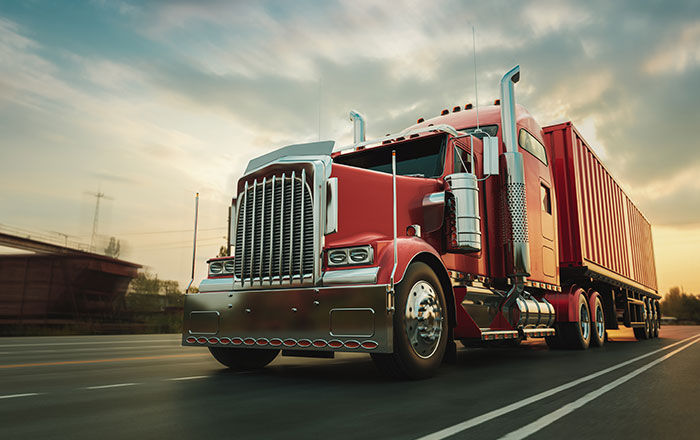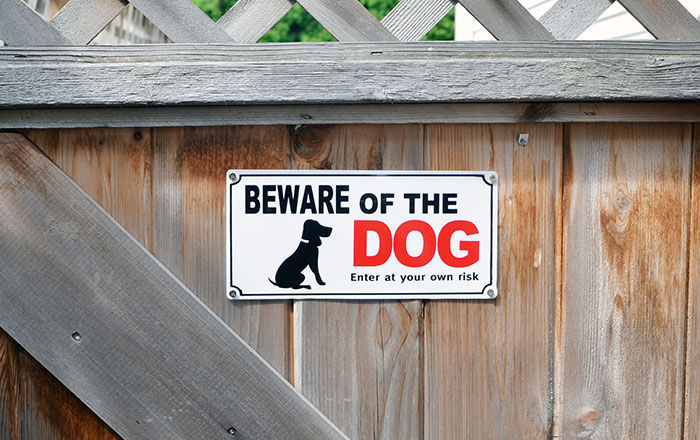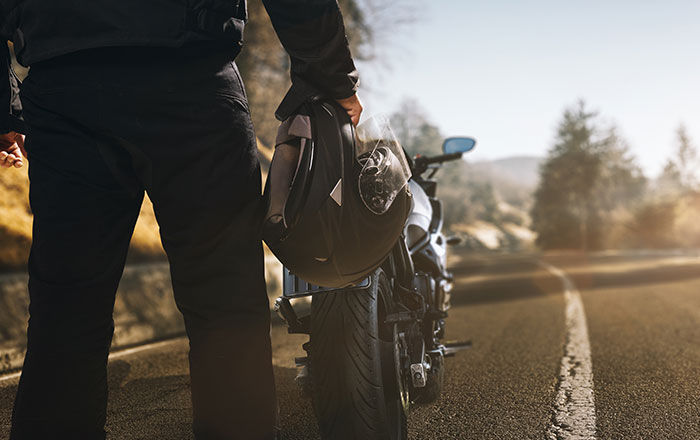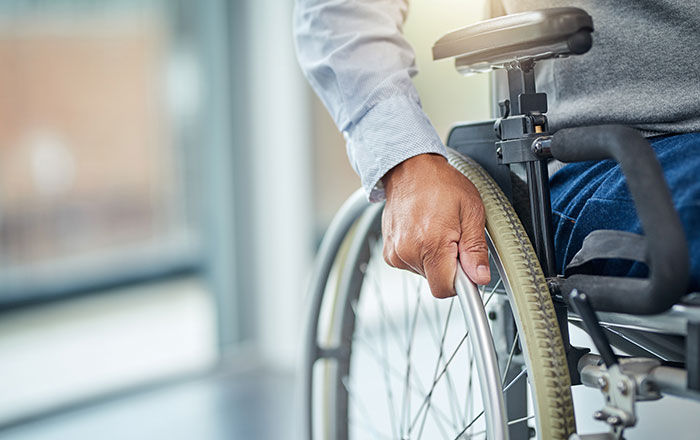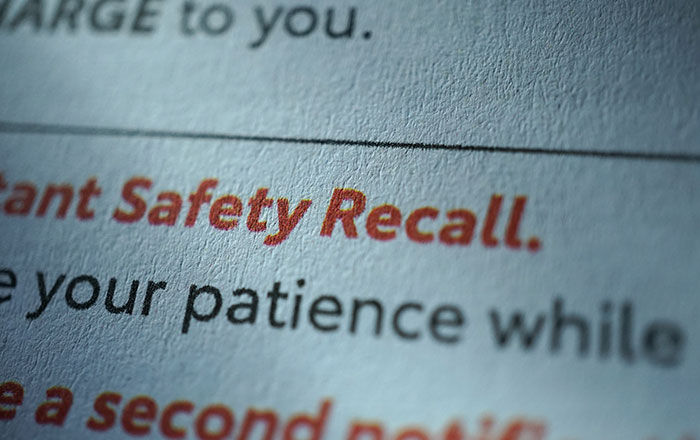Here are tips for winter weather driving from the South Carolina Department of Public Safety.
Driving safely in snow and icy roads
Speed – Slow down for wet, snowy, or icy conditions. You will be more likely to maintain control of your vehicle at lower speeds. Slow down when approaching intersections, off-ramps, bridges or shady spots. These are all potential problem spots for black ice, which is a thin coating of clear ice that can form on the pavement surface that may be difficult to see especially at night.
Following distance – Decrease your speed and leave plenty of room to stop. You should allow at least three times more space than usual between your vehicle and the vehicle in front of you.
Abrupt Maneuvers – Avoid excessive actions while steering, braking or accelerating to lessen the chances of losing control of the vehicle. When you’re driving on snow, ice or wet roads, avoid abrupt steering maneuvers.
Braking – Braking gently will help you avoid skidding. If you have anti-lock brakes (ABS), press the pedal down firmly and hold it. If you don’t have anti-lock brakes, gently pump the pedal to avoid wheel lock-up.
Vehicles – Don’t assume your vehicle can handle all conditions. Even four-wheel and front-wheel drive vehicles can encounter trouble on winter roads. If your vehicle is equipped with Electronic-Stability Control (ESC), make sure it’s turned on. ESC will assist you in maintaining control of your vehicle if it loses traction. Keep your lights and windshield clean and turn on your lights to make you visible to other motorists.
Road conditions – Be especially careful on bridges, overpasses and infrequently traveled roadways, which tend to freeze first. Even at temperatures above freezing, if the conditions are wet, you might encounter ice in shady areas or on exposed roadways like bridges. Be aware that road conditions are constantly changing.
Stay Alert – When driving in adverse weather conditions, look farther ahead in traffic than you normally do. Actions by other vehicles will alert you to problems more quickly, and may give you a split-second of extra time to react appropriately.
Cruise Control – Avoid using cruise control in winter driving conditions.
Remember: Winter conditions call for a different kind of driving than normal weather: slower speed, slower acceleration, slower steering, and slower braking.
If your vehicle starts to skid
- Take your foot off the accelerator.
- Counter steer: If the rear of your vehicle is sliding left, steer left into the skid. If it’s sliding right, steer right. Steer in the direction you want the front of the vehicle to go.
- If you have standard brakes, pump them gently.
- If you have anti-lock brakes (ABS), do not pump the brakes. Apply steady pressure to the brakes. You will feel the brakes pulse — this is normal.
If you get stuck
- Do not spin your wheels. This will only dig you in deeper.
- Turn your wheels from side to side a few times to push snow out of the way.
- Use a light touch on the gas, to ease your car out.
- Use a shovel to clear snow away from the wheels and the underside of the car.
- Pour sand, cat litter, gravel or salt in the path of the wheels, to help get traction.
Be Prepared!
- Before leaving home, find out about the driving conditions. Monitor your local news stations or visit state agency websites such as SCDPS.gov, SCDOT.org and SCEMD.org.
- Before venturing out onto snowy roadways, make sure you’ve cleared the snow off all of your vehicle’s windows and lights, including brake lights and turn signals. Make sure you can see and be seen.
- Give yourself extra time to reach your destination safely. It’s not worth putting yourself and others in a dangerous situation, just to be on time.
- Winter conditions can be taxing on your vehicle. Check your vehicle’s tires, brakes, fluids, wiper blades, lights, belts, and hoses to make sure they‘re in good condition before the start of the winter season. Dress appropriately and carry a blanket in the trunk in case you are stranded. A breakdown is bad on a good day, and can be dangerous on a bad-weather day.
Safe Travel Around Snow Plows
- Don’t crowd the plow. Snowplows plow far and wide—sometimes very wide. The front plow extends several feet in front of the truck and may cross the centerline and shoulders during plowing operations. Plows also turn and exit the road frequently.
- Don’t tailgate or stop too close behind snowplows. Snowplows are usually spreading deicing materials from the back of the truck and those materials can damage vehicle paint. Plows also may need to stop or take evasive action to avoid stranded vehicles. If you find yourself behind a snowplow, stay behind it or use caution when passing. The road behind a snowplow will be safer to drive on.
- Snowplows travel much slower than the posted speeds while removing snow and ice from the roads. When you spot a plow, allow plenty of time to slow down.
- A snowplow operator’s field of vision is restricted. You may see them but they may not see you.
Stay Safe!





